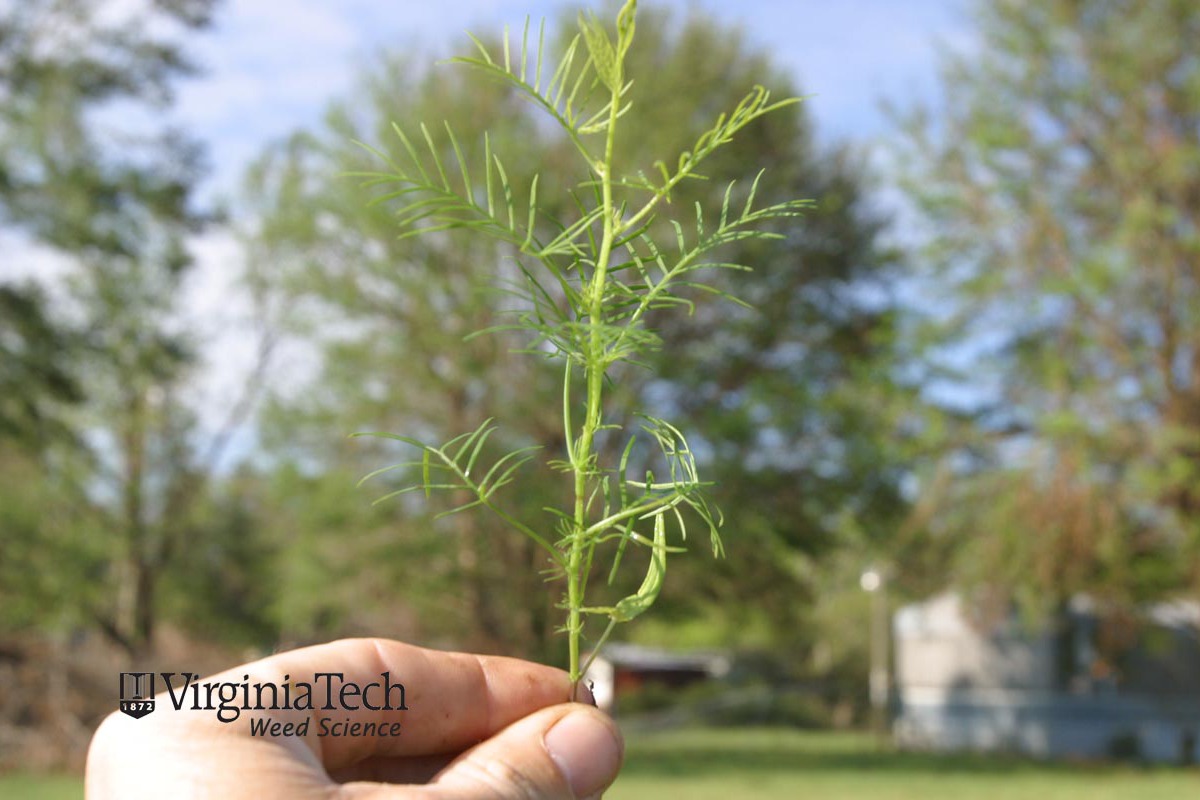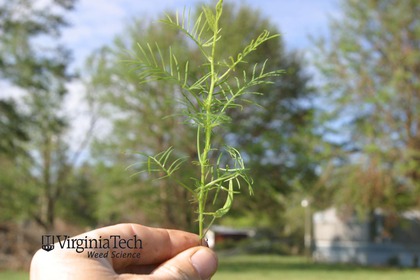cypressvine
Family
ConvolvulaceaeScientific Name
Ipomoea quamoclitOther Common Names:
morningglory
Synonyms (former Scientific Names):
Quamoclit vulgaris
Quamoclit quamoclit
Habit
Cypressvine morningglory can grow to be as long as 20 feet. It is mostly known to climb. It can tolerate drought conditions, but grows better when properly watered.
Leaves
The alternate pinnately divided leaves of cypressvine morningglory are approximately 3 to 4 inches long. They are feather/needle-like, hairless, and finely dividd
Identifying Characteristics
Cypressvine morningglory is distinguished by its leaves which are feather-like and approximately 3 to 4 inches long. It is also low climbing and may grow to 20ft. It is without hairs, unlike Tall morning-glory.
Flower Seed Head
The flowers of cypressvine morningglory are a scarlet red color. They form tubes that are approximately 1.5 inches (38mm) long and 0.75 inches (19mm) wide. They flare out to a five pointed star shape.
Seed Fruit
The red/brown seeds of cypressvine morningglory are contained in a capsule. They are relatively large and self propagate from year to year.
Where Found
Cypressvine morningglory is found throughout the east coast of the United States as far north as New York. It is also found in the Central United States as far west as Texas.
Growth Habit
vine
Thorns or Spines
not present
Approximate Flower Diameter
Varies:
dime,
nickle
Dominant Flower Color
red
Flower Symmetry
radial symmetery
Leaf Hairs
no hairs
Leaf Arrangement
alternate
Leaf Margin
entire
Leaf Structure
pinnate
Leaf Stalk
none
Stem Hairs
no hairs
Stem Cross Section
round or oval
Milky Sap
not present
Root Structure
fibrous
Life Cycle
summer annual
Ochrea
not present
Plant Type
Vine







